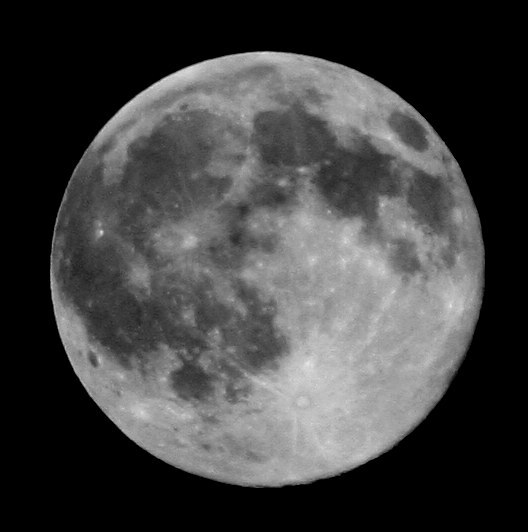The media was recently drenched with the idea that water had been found on the Moon, offering speculation as to our nearest neighbour offering an oasis-like site for a lunar base from which we could launch missions to Mars and beyond. The truth, if it is ever confirmed, is a little more subtle.

The Apollo missions of the 1970s had always hinted at the presence of water on the Moon, although its presence in samples brought back to earth was thought to be nothing more than contamination. In 1998, scientists announced that the Lunar Prospector spacecraft had detected 300 million tonnes of water on the moon and hinted that there may be as much as 6 billion tonnes. In July, an analysis of tiny beads of volcanic glass collected by two Apollo missions revealed water trapped inside, suggesting that the Moon’s water had not been entirely vaporized by the violent events that led to its formation. The discovery had implications for the volcanic origin of possible water reservoirs at the Moon’s poles.
However, new evidence released at the end of September based on data from India’s Chandrayaan-1 probe and the Deep Impact and Cassini missions suggests that there may well be some degree of hydration up there. Researchers in India and the US used data from NASA’s Moon Mineralogy Mapper, the M3, aboard the Chandrayyan-1 satellite, which was launched into orbit around the moon in October 2008 to reveal the presence of water on the moon. Chandrayaan’s mission ceased in August 2009.
M3 uses reflectance spectrometry to determine the content of minerals in the thin layer of upper soil on the surface of the moon. The data revealed the presence of chemical bonds between hydrogen and oxygen atoms, like those found between the oxygen atom and its attendant hydrogen atoms in H2O.
However, the next generation of lunar astronauts are not likely to sip from moon springs or splash their silvery boots in lunar puddles because revelations of chemical bonds between hydrogen and oxygen atoms is indicative of water molecules but is even more indicative of hydroxyl ions (OH–). It could be that good, old-fashioned H2O forms only when the solar wind doth blow and brings with it hydrogen atoms that can combine with the hydroxyl radicals forming “H+OH–” (H2O). It may be that less than a litre of actual water is present per tonne of rock spread across the surface to a depth of a few centimetres and present as water of hydration of the minerals from which the rock is composed.
The rocks and soils that comprise the lunar surface contain about 45 percent oxygen, mostly in the form of silicate minerals. The constant deluge of hydrogen atoms from the solar wind could readily pull oxygen and hydroxyl from the soil and form water molecules on the fly, especially given the hydrogen ions are moving at one third the speed of light when they hit.
Taylor and other M3 team members believe their findings will be of particular significance as mankind continues to plan for a return to the moon. The maps created by M3 could provide mission planners with locations prime for extraction of needed water from the lunar soil.
Following the lunar announcement, Jim Bell, President of The Planetary Society, said: “The possible presence of minor amounts of hydrated material on the Moon is intriguing, though the findings still need to be confirmed by other methods and other investigators. Chandrayaan is another great example of the power and value of international collaboration in space exploration, and The Planetary Society congratulates the entire Chandrayaan, Deep Impact and Cassini teams.”
Researchers still hope to find liquid water at the bottom of the deepest, darkest lunar craters at depths that never see sunlight nor feel the solar wind. Such, hopefully, icy depths are akin to the cold places on the planet Mars where evidence of water ice has been found.